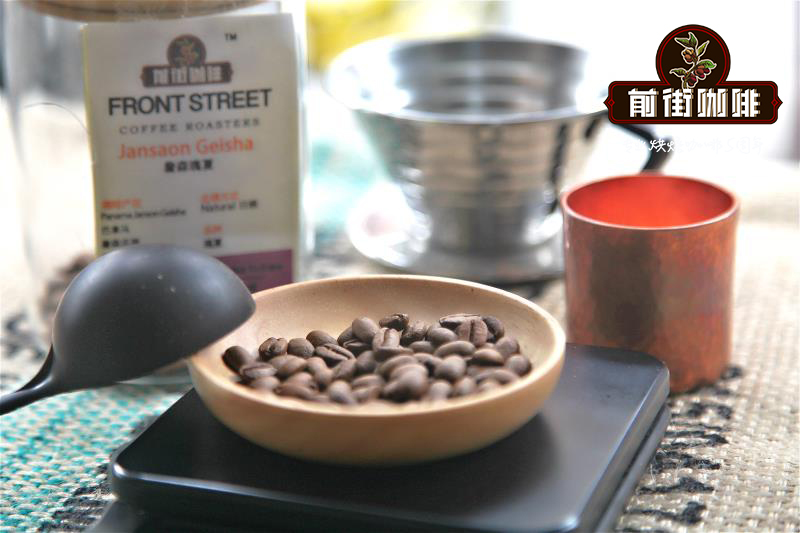Brazilian Coffee Bean Story Origin introduction and Flavor description of Syrador Coffee

Professional coffee knowledge exchange more coffee bean information please follow the coffee workshop (Wechat official account cafe_style)
Brazilian Syrador
Introduction of origin
Hirado is located in the west of Minas, Brazil, and covers an area of about 2 million square kilometers in the "Hirado grassland climate zone." it is worth mentioning that this Hirado grassland is the largest tropical wilderness in South America and is rich in animals and native plants. the ecological characteristics and climate are obviously different from those of the Amazon in northern Brazil.
Grade
Brazilian coffee beans are classified into five categories. They are: Strictly Soft → is very supple, Soft → is very supple, Softish → is a little supple, Hardish → is not palatable, and Rioy → has iodine choking taste. Brazil-Coffee beans are tested by the local coffee association as Strictly Soft Fine Cup (very supple), the best grade.
Planting environment
Cerrado coffee is grown in the environment at a high altitude of about 1100 to 1800m, with an average annual temperature of only about 20 ℃. The open and flat grassland is suitable for setting up a manor, and the soil layer belongs to gravel layer, which is similar to the soil quality of the French vineyard. It is conducive to maintaining nutrients and drainage, due to the distinct dry and wet season and the cool climate of the terrace. The coffee produced in Syracuse has a warm taste and smooth aroma even more than Santos in the past, making it unique among many producing areas in Brazil.
End
Important Notice :
前街咖啡 FrontStreet Coffee has moved to new addredd:
FrontStreet Coffee Address: 315,Donghua East Road,GuangZhou
Tel:020 38364473
- Prev

Panamanian Alida Manor 2018 Universe 2019 BOP has won the championship of traditional washing for two consecutive years.
Professional coffee knowledge exchange more coffee bean information please follow the coffee workshop (Wechat official account cafe_style) Panama Alida Panama Elida (Natural) Arida Manor in Panama more than half of the area is in the reservation of the Panamanian national park, she is a rare ultra-high altitude manor in Central America, growing coffee from 1700 meters to nearly 2000 meters to rich,
- Next

Introduction of Colombian spring manor and Colombian coffee varieties
Professional coffee knowledge exchange more coffee bean information please follow the coffee workshop (Wechat official account cafe_style) Colombia Spring COE Champion Manor Kaddura seed washing treatment total output 700kg 2011 Colombia COE Champion Manor 2016 COE ANTIOQUIA District 14th (out of a total of 60) Spring Manor-this COE2011 Champion of the year: spring
Related
- Detailed explanation of Jadeite planting Land in Panamanian Jadeite Manor introduction to the grading system of Jadeite competitive bidding, Red bid, Green bid and Rose Summer
- Story of Coffee planting in Brenka region of Costa Rica Stonehenge Manor anaerobic heavy honey treatment of flavor mouth
- What's on the barrel of Blue Mountain Coffee beans?
- Can American coffee also pull flowers? How to use hot American style to pull out a good-looking pattern?
- Can you make a cold extract with coffee beans? What is the right proportion for cold-extracted coffee formula?
- Indonesian PWN Gold Mandrine Coffee Origin Features Flavor How to Chong? Mandolin coffee is American.
- A brief introduction to the flavor characteristics of Brazilian yellow bourbon coffee beans
- What is the effect of different water quality on the flavor of cold-extracted coffee? What kind of water is best for brewing coffee?
- Why do you think of Rose Summer whenever you mention Panamanian coffee?
- Introduction to the characteristics of authentic blue mountain coffee bean producing areas? What is the CIB Coffee Authority in Jamaica?

